Jane Hammett appeals for the protection of rural gem Oglet Shore and surrounding Greenbelt land from rapacious development.
Liverpool is in danger of losing a largely unknown rural gem in Speke if the airport’s planned expansion, based on wildly optimistic passenger numbers and backed by the Council in their 2018 Draft Local Plan1 goes ahead. This unnecessary and environmentally damaging development would see Green Belt protection removed from the area, and enable Peel Holdings to add to their 37,000 acre estate in the North West, in what many have seen as a blatant land grab. All this occurs in the context of a global pandemic and unprecedented change.
The Airport Plan
Liverpool airport, jointly owned by Peel and Ancala, with 10% retained by Liverpool City Council, plan to concrete over the land for “airport related activities.” Plans include a 464 metres runway extension east towards Hale and additional taxiways and aprons added to the west by Speke Hall (opposed by the National Trust), together with large footprint hangars and engine testing facilities. A major new road, the Eastern Access Corridor, will enclose Speke between that and the Boulevard2, adding to already high pollution levels3.
A re-launch of transatlantic flights is planned, despite a previous service being withdrawn in 2007 after only 6 months, due to poor passenger numbers4. This, and hopes of increased profits from freight, is based on a business model of, “if you build it, they will come”.
In reality, Liverpool airport, along with Edinburgh, has more spare capacity than any UK airport5 Passenger numbers peaked in 2007 at 5.5 million falling to 5 million in 20196. Despite this, the 2050 Master Plan, based on out-dated Civil Aviation Authority (C. A. A.) figures, predicts a linear growth in passenger numbers from 5.1m in 2018 to 8m in 2030 and over 11m in 20507. Mayor Anderson continues to endorse the airport’s claim of 6000 jobs and £250 million to the local economy, figures that remain unsubstantiated8. In short, the master plan is wishful thinking at best and downright deceitful at worst.
52 acres have already been fenced off, supposedly required by the C.A.A. for a RESA (Runway End Safety Area) although a much smaller area, 5 acres, would have sufficed9. This blocks Dungeon Lane, a centuries old access route to the Oglet shore for the people of Speke, and has destroyed a valuable wildlife habitat.
“We see possibility. We deliver transformation”
Peel Land and Property
Peel’s track record suggests this expansion is just a smokescreen for a land grab rather than a genuine interest in the future of Liverpool airport.
The Peel empire10, covering vast swathes of the North West including the Trafford Centre, Media City, the Manchester Ship Canal and much of the land on the Liverpool side of the Mersey (including Liverpool Waters and Bootle), is banking on Liverpool and Halton Councils removing Green Belt protection11. This greatly increases land value.
They acquired the former Dunlop’s playing fields from the Council as essential for airport related business12. The land is now a Barrett’s housing estate. Similarly, Peel purchased Teesside, another under-performing airport, from Hartlepool Council in 2003 for £500,000, promising to turn its fortunes round, and “transform” it into a “premier regional investment site.” A clause hidden in the small print, gave them the option to close the airport if it could demonstrate it was, “no longer economically viable.” Blaming the world economic recession for poor performance, Peel sold the airport back to Hartlepool council, but not before submitting plans for a lucrative housing development13.
What is at risk
Natural England classifies the area south of the airport, known as the Oglet, as, ”some of the best and most versatile agricultural land”14. It is adjacent to the internationally important wetland areas of the Mersey which has RAMSAR status15. The fields, hedgerows, wooded cloughs and ponds that flank this neglected section of The Mersey Way are a vital and increasingly scarce habitat for bats, amphibians, insects, rare plants and birds16. It is home to many RSPB Red List farmland birds such as grey partridge, snipe and lapwings, which have suffered a 50% decline over the last 25 years17. Protected birds, including barn owls and lapwings, maintain a precarious foothold here, and it provides an important roosting, foraging and nesting area for the wetland birds of the Mersey, crucially at high tide. The mitigation measures Peel proposes: a new coastal reserve occupying an unspecified area of land between the river and new perimeter fence, do not compensate for the lost habitat – see box ‘The Extension to the Coastal Reserve’. Moreover, the adjoining Garston Coastal Reserve is nearing the end of its 25 year lease from Peel, and with no guarantee of renewal, its future remains uncertain. All this, together with the airport’s dedicated bird scaring unit, creates an incredibly hostile environment for wildlife.
The Oglet is a vital “Green Lung “in an area which has lost large amounts of open space in recent years and where life expectancy and the incidence of cardio vascular disease, cancer and breathing problems is higher than in the rest of Liverpool18. Since the lockdown, the Oglet has provided an invaluable open space for walkers, cyclists, runners and families from all around Liverpool. The benefits of nature on health and well-being are well documented and depriving local people of this resource to support a failing airport is unjustified.
Liverpool declared a climate emergency in July 2019 with the Metro Mayor recognising the “value of the region’s natural environment and open spaces and the multi-functional role they play in supporting wildlife habitats: increasing our resilience to climate change: improving people’s health and well being: and making the city region an attractive place to live, work, visit and invest.”19 This declaration sits uneasily alongside the airport expansion. Finally, these development plans come when globally, the devastating impact of the latest pandemic has had a dramatic effect on air and sea travel. In unprecedented moves, borders have closed and airlines have collapsed or stopped operations. The world that emerges after the pandemic could change the way we live and work, arresting the predicted rise in air travel in favour of more sustainable methods of international travel.
Please support our fight to stop Liverpool Airport expanding. Sign our petition and go on our Facebook page ‘Save Oglet Shore & Greenbelt’ to find further ways to object.
https://you.38degrees.org.uk/petitions/save-oglet-shoreline-1
Read Jane’s follow up article Post script from lockdown: Thoughts on the Future of the Aviation Industry.
References
- Liverpool City Council Draft Local Plan 2018. Section 7.65., p.109. Available at: https://liverpool.gov.uk/council/strategies-plans-and-policies/environment-and-planning/plan-making-in-liverpool/current-local-plan-documents/local-plan/
- Liverpool John Lennon Airport Master Plan to 2050. Appendix 5., p.94. Available at: https://www.liverpoolairport.com/media/2566/ljla-master-plan-to-2050-full-document-1.pdf
- British Lung Foundation. (2020). The health and economic impacts of toxic air in Liverpool City Region. January 2020. Available at: https://www.blf.org.uk/policy/health-economic-impacts-toxic-air-in-liverpool-city-region
- Wikipedia. Flyglobespan Low Cost Airline: Transatlantic Flights from Liverpool withdrawn due to poor passenger figures on the Liverpool flights. Available at: https://en.wikipedia.org/wiki/Flyglobespan
- Airports Commission. (2013). Aviation Demand Forecasting. January 2013. Fig. 3.5, p. 20. Available at: https://assets.publishing.service.gov.uk/government/uploads/system/uploads/attachment_data/file/73143/aviation-demand-forecasting.pdf
- Liverpool Airport Holdings Ltd. (2019). Group of companies’ accounts. Annual Report and Financial Statements for the Year Ending 31 March 2019. 06 December 2019. Available at: https://beta.companieshouse.gov.uk/company/03385025/filing-history
- Liverpool John Lennon Airport Master Plan to 2050. Section 5., p. 29. Available at: https://www.liverpoolairport.com/media/2566/ljla-master-plan-to-2050-full-document-1.pdf
- Liverpool John Lennon Airport Master Plan to 2050. p. 38. Available at: https://www.liverpoolairport.com/media/2566/ljla-master-plan-to-2050-full-document-1.pdf
- Runway End Safety Area (RESA) documents: Sidlow, M. Aerodrome Inspector Civil Aviation Authority. (2012). Letter to Pauline Sheerer, Area Planning Officer, Policy, Planning and Transportation, Halton Lea, Runcorn. 23 May 2012; Architectural Plans. URS Infrastructure and Environment Ltd. (2012). Liverpool John Lennon Airport RESA Modifications. June 2012;
Architectural Plans. Paul Fassam Geomatics. Chartered Land Surveyors (2012). Liverpool John Lennon Airport Dungeon Lane RESA Area Evaluation. Jan 2012 - Shrubsole. G. (2019). Who Owns The Country? The Secretive Companies Hoarding England’s Land, The Guardian Newspaper. Friday 19th April 2019. Available at: https://www.theguardian.com/environment/2019/apr/19/who-owns-england-secretive-companies-hoarding-land
- Liverpool City Council. (2018). Liverpool Local Plan 2013-2033. January 2018. paragraph 7.71, p.111. Available at: https://liverpool.gov.uk/media/1356834/01-local-plan-january-2018-final.pdf and Peel Airports. (2007). Liverpool John Lennon Airport (LJLA). Airport Master Plan to 2030. November 2007. paragraph 7.3, p. 75, Available at: https://www3.halton.gov.uk/Pages/planning/policyguidance/pdf/evidencebase/areaspecific/ALL_LJLA.pdf
- Peel Airports. (2007). Liverpool John Lennon Airport. Airport Master Plan to 2030. November 2007. paragraph 6.105, p73. Available at: https://www3.halton.gov.uk/Pages/planning/policyguidance/pdf/evidencebase/areaspecific/ALL_LJLA.pdf
- Metcalfe, A. (2018). ‘You’ll need deep pockets’ airport owner warns after agreeing £40m sale to Mayor. Teeside Gazette Live. 4 December 2018. Available at: https://www.gazettelive.co.uk/news/teesside-news/youll-need-deep-pockets-airport-15505295
- 1997 The Secretary of State in agreement with the Inspector’s rejection of the 1993 Liverpool Airport Planning Application, “the development would also result in the loss of some of the best and most versatile agricultural land”. Hale Parish Council Objection to Halton Borough Council. (2019). Halton Draft Delivery and Allocations Local Plan. September 2019. Clerk@HaleParishCouncil.gov.uk
- Ramsar site: A wetland area of International importance , especially for wildfowl. From the Convention in Ramsar, Iran ,organised by UNESCO in 1971 with this country as a signatory. Available at: http://portal.unesco.org/en/ev.php-URL_ID=15398&URL_DO=DO_TOPIC&URL_SECTION=201.html SSSI: Site of Special Scientific Interest and SPA: Special Protection Area.
- Merseyside Biobank. (2018). Biodiversity Information Report. Site: Liverpool John Lennon Airport. MBB reference:2617-Public. 17 July 2018.
- Red List Birds are the category that are in most need of urgent action to stop their decline. 1 in 4 of the birds are in that category, and farmland birds constitute 12 out of the 26 on the list, having faced a 50% decline over the last 25 years. Many of these birds , such as skylarks, hedge sparrows, swallows, wagtails, grey partridge, thrushes and owls inhabit the Oglet fields and woods. Wetland birds such as curlew occupy the fields at high tide. British Trust for Ornithology. (2013). Meta Data for Bird Atlas 2007-11. Survey of the area for detailed lists of birds. December 2013.
- Illness and life expectancy statistics in Liverpool and Speke: Liverpool Public Health Epidemiology Team Liverpool City Council
- https://www.liverpoolcityregion-ca.gov.uk/climate-emergency-declared-for-liverpool-city-region/
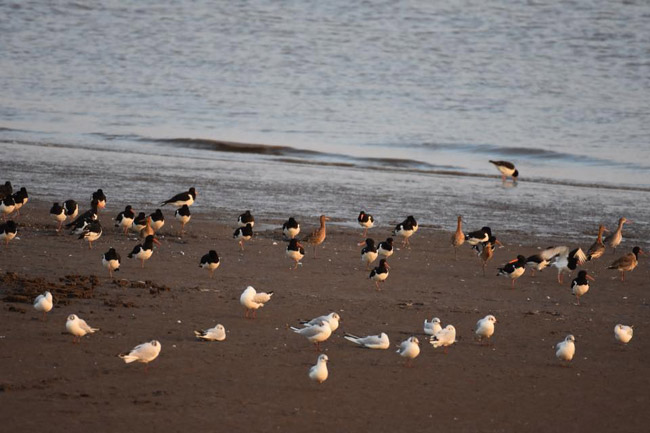
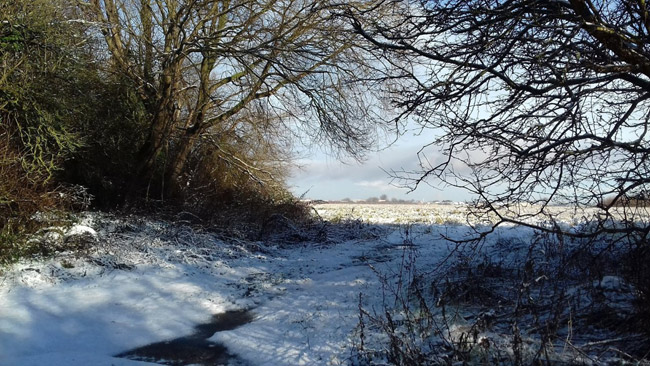
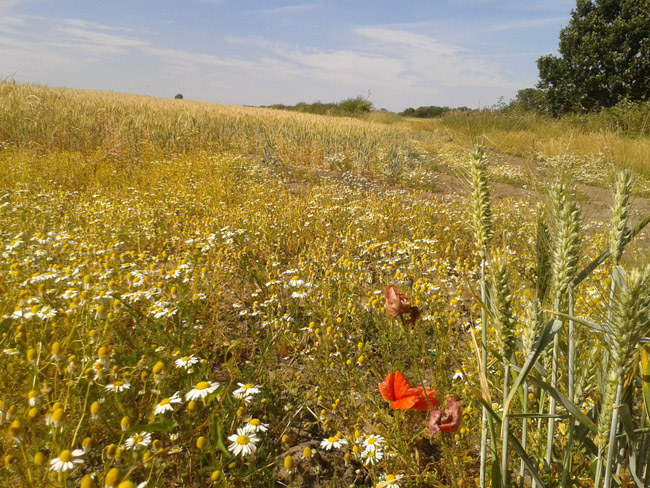
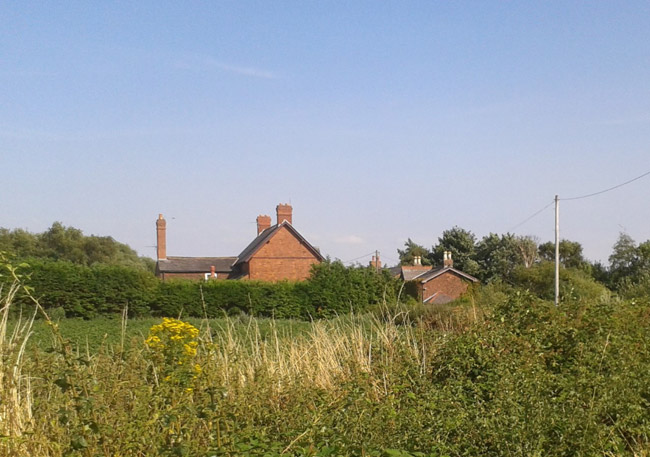
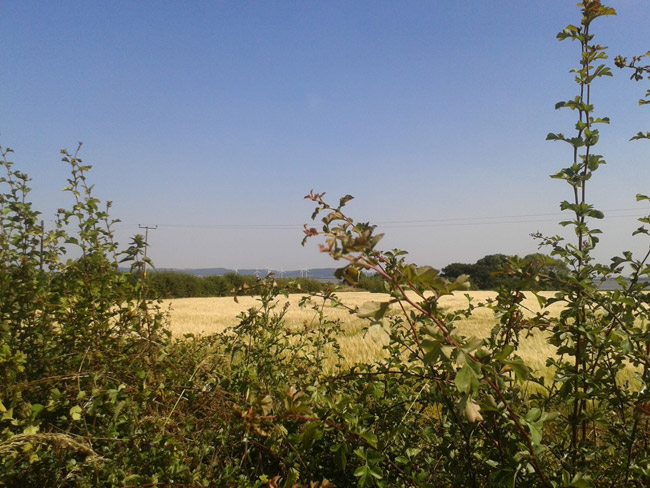
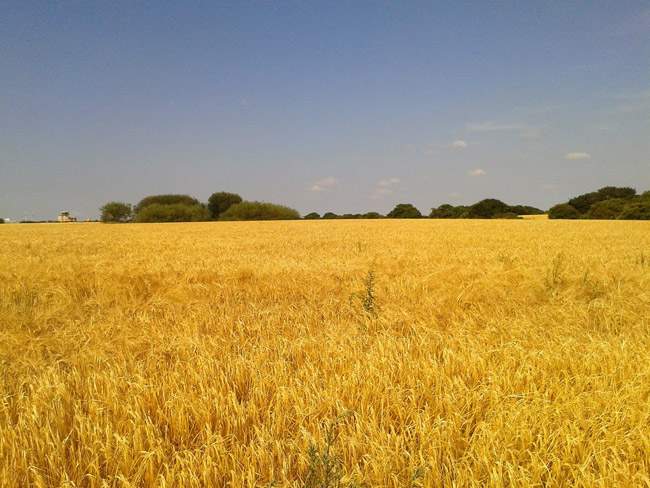
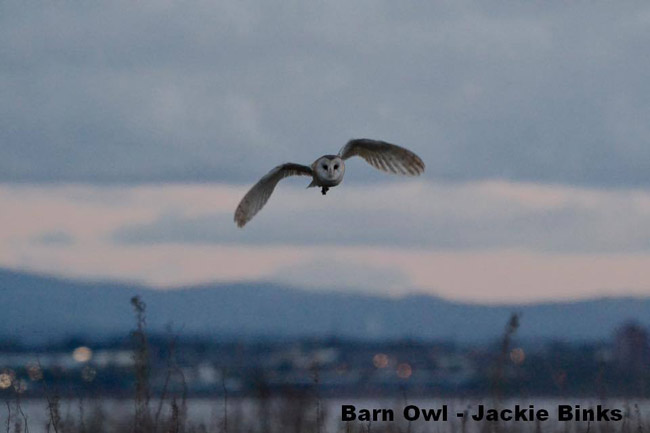
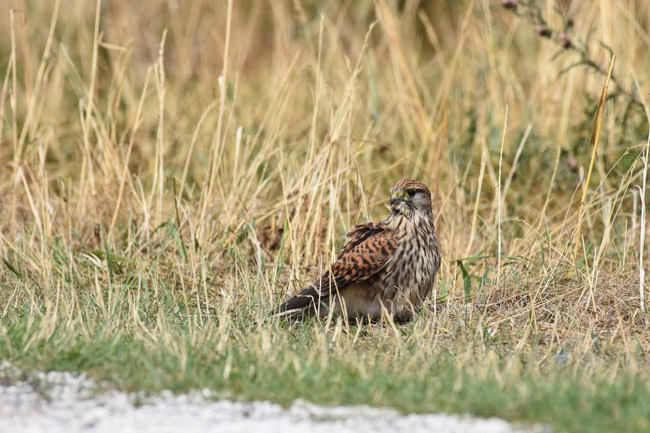
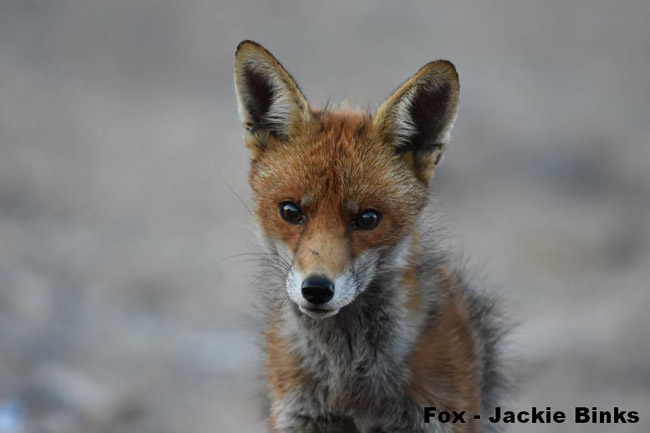
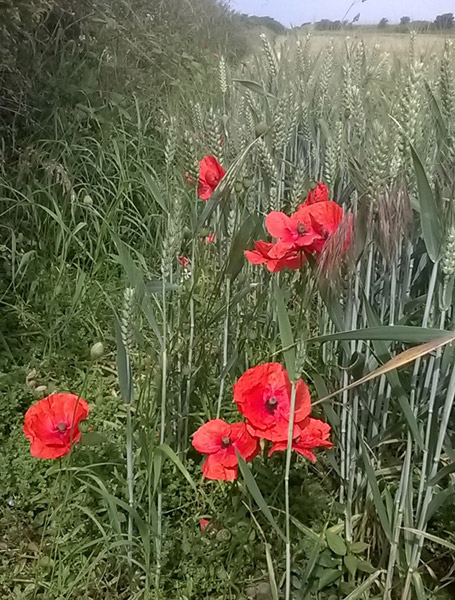

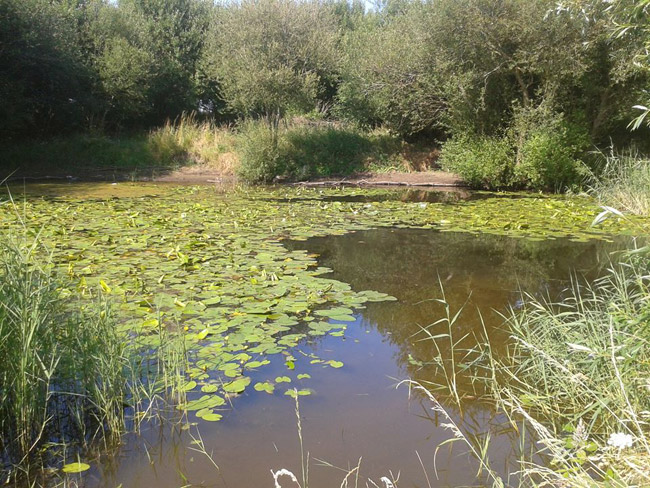
Permalink
important article challenging unnecessary developments and environmental damage
Permalink
this is dreadful, had no idea they would try this agin…more likely to be a massive housing project
Permalink
At a time when environmental considerations are uppermost in people’s minds, it is crazy that such a proposal should be resurrected. This area is a place where I and many other Liverpoodlians and people from further afield go to spend serene time with nature. It’s one of the few undeveloped spaces in Liverpool.
All one has to do is look at how Peel Holdings manage their onerous possession of land around the area and the restrictions they place on visitors and ramblers alike. Any plans to develop the area must be opposed rigorously.
Permalink
Please leave this beautiful piece of countryside alone. We don’t need anymore airport expansions. We just want to keep this lovely place a safe haven for wild life, the residents, visitors and families to go for walks, appreciate the landscape and for Oglet shore to be the unspoilt place in the future as it is today
Permalink
I disagree with the argument here, completely. Your opinion is biased and petty – the area they want to cover is large, but it’s not as bad as your making out. If you look on the satellite view, it would make sense for them to do this, Liverpool needs to continue competing with the other airports and growing – during lockdown it has competed better than larger airports such as Bristol and Newcastle, which shows it is a key airport and needs to be expanded.
As we are getting closer to the future, the technology will become greener – the city needs its own international hub capable of long haul flights and that is the direction it is moving in. You haven’t mentioned anything positive the entire post and the fact that you think Liverpool should just fall behind the expanding Manchester, Birmingham airports etc. because the residents nearby ‘aren’t happy’ with ‘losing a beach’ even though they are not destroying the beach, they’ll actually make it easier to get to with the new roads is downright backwards. They will only be repurposing a bunch of fields south of the runway, which is the only destructive thing about the plans.
I understand you care about the environment, as do I and the planet is the most important thing, but projects such as the Airport expansion and Liverpool Waters are key to securing Liverpool’s position as an international hub – it would be understandable if the airport was in a green area already, but it’s not; it would be bad to expand the likes of Bristol, Leeds/Bradford and London Southend as they are in the proper countryside but if you look at Liverpool Airport, it has the city to the north of it, Runcorn to the east and pretty much factories and industry across the river in Ellesmere Port and the Wirral – Liverpool Airport needs to be taken advantage of, as it is currently doing well against the competition.
Also, it is not underperforming at all – that’s like saying Birmingham (which has lots of major airlines) is underperforming because it got slightly less passengers in 2018 as it did in 2017. In fact as we speak they are moving foreword already – they’ve expanded the size of the airport physically with the landing lights/fencing extension and demolition of Dungeon Lane and they’ve also built a new hangar to the east and are enhancing the terminal, preparing it for proper expansion. They want to also build better parking and more multi-story parking as well as new hotels on the current site – they need to expand the airport physically as there is not enough space in the current site to handle the required expansion plans.
In addition, Liverpool is a hugely important airport for EasyJet, if you fly from there you can see it is a large base for them and they pretty much dominate the aprons. You can already fly from over 70 destinations with about 7 main airlines, but the CEO announced earlier this year that the airport has been talking with Lufthansa, KLM and Emirates for new routes – Virgin Atlantic wants to fly Liverpool to Heathrow by 2026 (this will be once the industry should be back to normal) and United Airlines announced that they are considering flying from Liverpool to US cities.
The fact you want to campaign against this is rediculous and careless – it would do so much for the city, on the long term, and so much for the economy as a whole – which is needed right now, for the UK.
Liverpool is thriving with tourism and new businesses are noticing the city; with The Lexington tower almost complete, dominating the skyline, as well as the ‘Bramley Moore Dock Stadium beginning construction’ announcement for later this year as well as Liverpool One, Liverpool2 and the Port as well as Liverpool Waters as a whole, going underway.
Most people in Liverpool has never even heard of this beach, it is already dominated by the airport and there is still plenty of green land around the city, showing that the mayor does in fact care about the environment.
Also, the airport has managed to keep all of its current airlines and routes during the pandemic (with the exception of FlyBe) and EasyJet have just announced a new route to Antalya, Turkey (even during COVID-19!) when huge hubs such as Philadelphia International Airport, London Stansted as well as the likes of JFK and Madrid Barajas are losing airlines and routes – so the airport clearly knows what it’s doing and is definitely not underperforming at all!
The point is that, unlike a lot of the other UK airport expansion plans, this one has more benefits than drawbacks and the argument in most people’s opinion is that the plans are good – they are still considering the environment as shown by how many documents they have written up on their master plan to 2030 and 2050 (such as new solar farms, the reserve they are doing etc.) and they’ve outlined the plans thoroughly by showing how they’re going to do this in a way as green as possible whilst also bringing more benefits than drawbacks for the city and the country as a whole, in not making the airport a rediculous and unsustainable size, but turning it into a slightly bigger (about 2/3x bigger) international airport – which will, naturally, attract and bring in new airlines, destinations and projects at the airport – such as the terminal being expanded, possibly a train station etc. And at the end of the day campaigning against something that has much more benefits than drawbacks just isn’t good enough and that is shown by the fact that more people want it to expand than those that do not – if you look at the public consultation they did for it back in 2018, you can see that it is 75% of the 140 people they asked that in fact agree with the plans – 10% are undecided and 15% disagree, making it clear that people want this and that it is the best way to go.
Conclusion- it has more benefits than drawbacks, it’ll be great for the region and the UK economy (over £600 million could be generated a year) and the city needs a more capable airport which is what they are looking to deliver – for the environment, access to the beach will be easier, there will be a reserve for wildlife (miles long) and they are looking into becoming a sustainable airport with the likes of solar farms etc. being part of the plan, also access to the airport will be much easier than before.
Permalink
The fact that you have removed my comment shows that this is completely biased and not justified – there’s no comeback to that, you know I’m right!
Permalink
Hefty Left, I completely get what your saying! The airport does need to do this for the regions own good! Also, Dungeon Lane is already gone, all there is on those fields is a wasteland waiting to be repurposed and the fact that the person who wrote this called these ideas rapacious isn’t on, they’re doing this for the city and it’s people.
It’ll be nice for Liverpool to have a bigger airport, it deserves one as it is already a very big city with loads of potential!
P.S. (to the writer) – Yes, the environment is the most important thing, but [lets be real], the area they want to cover is not that big of a deal really, all it’s going to do up a bit of land and bring benefits to the city and we are becoming greener with our technology…
Permalink
Hi, I am a frequent flyer but also care about the environment, of course. I fly into Liverpool from Philly every few months (stopping at Dublin with Aer Lingus and then Ryanair) for business and as a professional I’d say the city could do with these plans…
As one of the North West’s two key cities and the North of England’s third-largest airport, Liverpool already has a head start. Liverpool is far too important of a city now for things like this to even be questioned, the plans are not as destructive/‘rapacious’ as the likes of the plans from Heathrow or Southend but they are key to keeping Liverpool in the brilliant global position it’s in today.
I love the planet and the environment but there’s no reason that an already major airport cannot enhance itself (since it’s not much of a massive expansion anyway, if you really look at it) by improving transportation links and enlarging the facilities.
The fact that they themselves, which isn’t common for an airport, have shown their deep commitment to the environment and their neighbors within the surrounding townships shows that this isn’t just a plan for the airport to become a greedy airport such as Manchester, which purposely targets other cities’ residents to try and make it the ‘only’ major airport in North England and makes a point of advertising itself in the neighboring metros of Liverpool, Leeds etc.
This is a plan to just enhance what the airport already has, which is why they take things slowly as it is (when was the last time the terminal had a major expansion!?) the airport has proved it is capable during the pandemic and also in general, by the fact that it has grown its passenger numbers over the years and all they want to do is (not for Peel, as they’re not even the sole owner) enhance the regional economy by bringing in more money, jobs and overall world-class facilities.
A problem with the United Kingdom is that it isn’t ambitious enough in a lot of respects and some people cannot see that certain things have more benefits than drawbacks – as shown by the fact that it’s only certain cities which get the interest and investment, because of the way this system works.
Permalink
Liverpool Airport is a key airport and although some fields are gonna have to go, the expansion is the best way to go in order for it to compete with the others.
In all fairness to them, the area they want to cover is not rapacious or honestly harmful in any way – it is a small area and they’ve outlined they do not want to go too big, but just want to enhance what they’ve already got – larger terminal(s) (for larger security areas, check in, retail areas as well as the 3 new piers they plan on adding to it, making it similar to Manchester’s Terminal 2 expansion), runway (to allow it to handle larger planes and long haul flights, bringing countless benefits for the region), cargo area and new taxiways (for more jobs to be created and furthering the coming) and also they plan on investing in the green space around the are (solar farms, new A-road direct connection to the airport, coastal reserve extension etc.) and this is the best way to go, it was always gonna happen ??♂️.
Permalink
Yeah, I was thinking the same thing. And I agree with Hetty, there’s just more benefits than drawbacks if you think about it ?.
Permalink
Sure, campaign against airport expansion plans when Liverpool Airport is now doing better than ever compared to the competition – catching up to Birmingham in monthly passenger numbers (81,000 compared to 130,000!) people like you and people like UNESCO are completely blinded!
Permalink
Why dont they aquire vast amounts of land elsewhere on the outskirts of Liverpool (they’ve got the money) , move the airport and they can expand and build all they like, instead of destroying and trying to take what they can of this beautiful area which is home to so much wildlife and a refeshment for visitors, its a disgrace what they are doing, plus the noise is appalling! Fancy putting an airport in this small area at all!